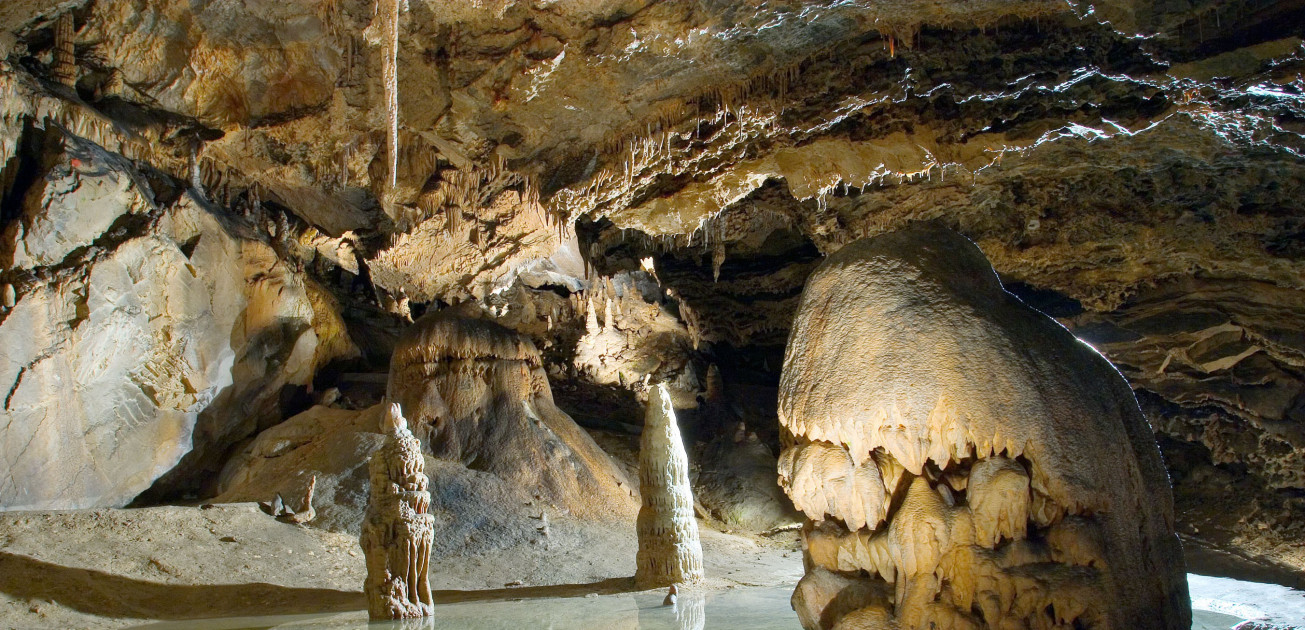


"Our world’s caves are places of wonder, mystery and majestic beauty. Show caves around the world are embracing their role in protecting and preserving caves and providing a place for people to learn about these special, natural, cultural and historical resources.
Show caves also play another important nature tourism role of sustainable economic development, providing jobs, and helping the economy of their regions.”
Paleolithic cave art is an exceptional archive of early human symbolic behavior, but because obtaining reliable dates has been difficult, its chronology is still poorly understood after more than a century of study. We present uranium-series disequilibrium dates of calcite deposits overlying or underlying art found in 11 caves, including the United Nations Educational, Scientific, and Cultural Organization (UNESCO) World Heritage sites of Altamira, El Castillo, and Tito Bustillo, Spain. The results demonstrate that the tradition of decorating caves extends back at least to the Early Aurignacian period, with minimum ages of 40.8 thousand years for a red disk, 37.3 thousand years for a hand stencil, and 35.6 thousand years for a claviform-like symbol. These minimum ages reveal either that cave art was a part of the cultural repertoire of the first anatomically modern humans in Europe or that perhaps Neandertals also engaged in painting caves.
| Resource name: | U-Series Dating of Paleolithic Art in 11 Caves in Spain |
|---|---|
| Type of resource: | Article |
| Author(s): |
Pike et al. A.W.G. |
| Keywords: | prehistory, palaeolithic art, cave, dating |
| Category: | Prehistory |
| Page from: | 0 |
| Page to: | 0 |